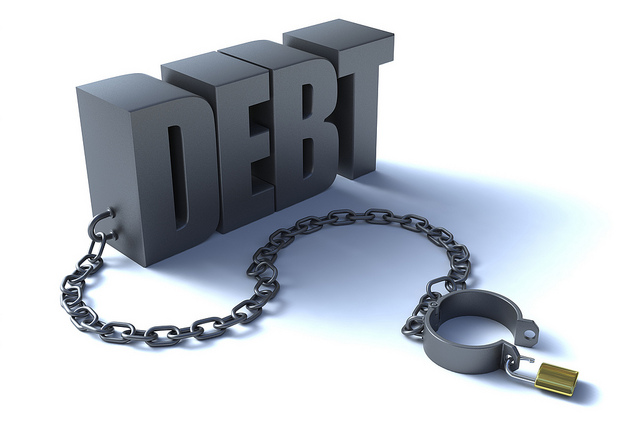Contributed Post
I’m not sure if you’ve heard, but we seem to have a pretty big problem with student debt at the moment. (Seriously, if you didn’t know already, it’s a big problem. Watch the news a little more often!) Let’s take a look at this problem and its implications.
How it used to be
When we talk about this issue, we usually go pretty far back. We talk about the sort of educational “golden years” that people often describe the 50s, 60s, and 70s to be. And it’s true that affording education back then was a lot more realistic. This is why you often heard the phrase “working through college”. Students weren’t encouraged to party quite so hard. They got into college and paid off what they owed by working local jobs throughout college.
But for a bigger impact in this conversation, let’s go back just a couple of decades. Things had started their downward turn at this point. The average student would graduate with about $10,000 worth of debt. Not a pretty sum, but not a daunting one by today’s standards. Today, we’re looking at figures in the $35,000 to $50,000 ballpark.
What happened?
In short? The government got a little too involved with the whole thing. By tying their financial interests with that of colleges, they sowed the seeds of these sorts of financial crises. The government started setting up plans that would allow prospective students to borrow money in order to afford college. Of course, knowing that the government would pay it, colleges started charging astronomical prices. The colleges would get five or even six figures for each student they allowed into their courses. The students would then owe enormous sums to the government. The institutions win. The student loses, walking away with little more than an increasingly-useless degree. Oh, and loads of debt.
Flickr (photo by ccPixs.com, www.ccPixs.com)
Are students doomed to drown in debt?
Well, not exactly. The fact is that there are several companies to which students can turn if they need help. Student loan help can take many forms. Consolidation, income-based payments, and even loan forgiveness are all options. If anyone feels that they are struggling due to the debt that they’ve accrued, then these are avenues they should be looking into. Such debts can prevent you from getting where you want to be in life. They certainly don’t help when it comes to affording decent housing!
What are the long-term consequences of all this?
In short? Such egregious levels of debt aren’t helping our economic inequality situation one bit. Of course, perfect economic equality isn’t possible. (Unless you want to dock wages and steal people’s money.) But what this whole problem does is undercut the opportunity that a young person has. Their social mobility is extremely limited when they’re tied down with so much debt. After all, it’s not as if the investment in college has been shown to be a smart one in recent years. The vast majority of people end up in jobs that don’t even require a degree. Most people come out of college just as disadvantaged – if not more so – than they were when they began.











Pingback: Educate Yourself On How Education Works Around The World – ERIC SAN JUAN
Pingback: 4 Insane Challenges Farmers Are Facing Today – ERIC SAN JUAN